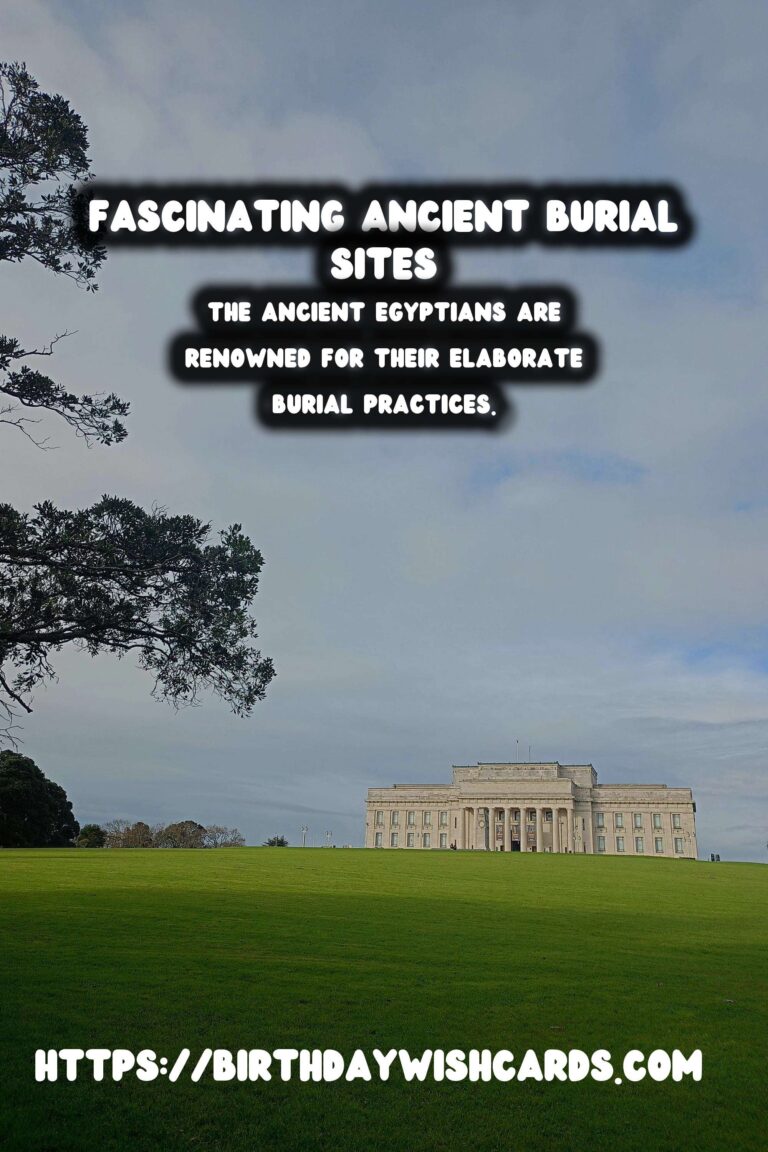
Throughout history, burial sites have served as a testament to the diverse cultural traditions and beliefs surrounding death and the afterlife. These fascinating locations, found across the globe, offer valuable insights into the practices and philosophies of ancient civilizations. This article delves into the cultural meanings of these ancient burial sites and examines their significance in human history.
The Importance of Burial Practices
Burial practices have long played a crucial role in human societies. They reflect our reverence for the dead and illustrate our desire to honor and memorialize ancestors. Importantly, burial customs can also offer clues about the social structure, religious beliefs, and environmental conditions of specific cultures. By examining burial sites, archaeologists and historians can piece together the stories of our ancestors.
Ancient Egyptian Burial Sites
The ancient Egyptians are renowned for their elaborate burial practices, most famously the construction of the pyramids and the Valley of the Kings. These sites reflect a complex understanding of the afterlife, where pharaohs and elites were provided with all they needed for the journey beyond the grave. The intricacies of mummification, tomb decorations, and grave goods reveal the Egyptians’ profound beliefs and the importance of ensuring a successful passage to eternity.
Indigenous Burial Traditions in the Americas
In the Americas, indigenous peoples developed unique burial practices that varied widely between tribes and regions. From the mound builders in the Ohio River Valley to the cliff dwellers in the Southwest, these sites offer a glimpse into the spiritual lives of Native Americans. Many tribes saw burial as a way to connect with nature and the spirit world, incorporating elements like earth, water, and sacred objects in their ceremonies.
European Megalithic Tombs
The megalithic tombs of Europe, such as Stonehenge in England and Newgrange in Ireland, pose intriguing questions about the societies that constructed them. These stone structures, often aligned with celestial events, suggest a deep connection to both the physical and spiritual worlds. By studying these burial sites, researchers uncover information about prehistoric rituals and the technological capabilities of early humans.
Asia’s Diverse Burial Landscapes
Asia’s vast continent hosts a multitude of burial customs, each representing different philosophies and traditions. In China, the Terracotta Army stands as an eternal guard for Emperor Qin Shi Huang’s tomb, indicating a belief in preparedness for the afterlife. Meanwhile, the burial mounds of Korea, known as ‘tumulus’, highlight the social hierarchy and power structures of the ancient kingdoms. These sites underscore the diversity of cultural expressions surrounding death across Asia.
The Continuous Journey of Discoveries
As archaeological technology advances, new burial sites are continuously discovered, providing fresh insights into early human life. The use of modern tools like LiDAR and ground-penetrating radar assists researchers in uncovering these hidden treasures, allowing for more accurate reconstructions of past societies. Each uncovered burial site adds a new chapter to the history of humanity, proving that even in death, the story continues.
The Future of Burial Site Exploration
Future exploration of ancient burial sites promises to unearth an even richer understanding of our ancestors’ way of life. While challenges remain, including preservation issues and ethical considerations, the rewards of studying these sites are vast. They offer lessons on cultural diversity, human resilience, and the universal quest for meaning beyond life.
In conclusion, ancient burial sites serve as windows into the soul of past civilizations. They are reminders of our shared heritage and the timeless human connection to the land and the afterlife. As we explore these sites, we enrich our understanding of humanity’s enduring quest to honor life and death.
Burial practices have long played a crucial role in human societies. The ancient Egyptians are renowned for their elaborate burial practices. 
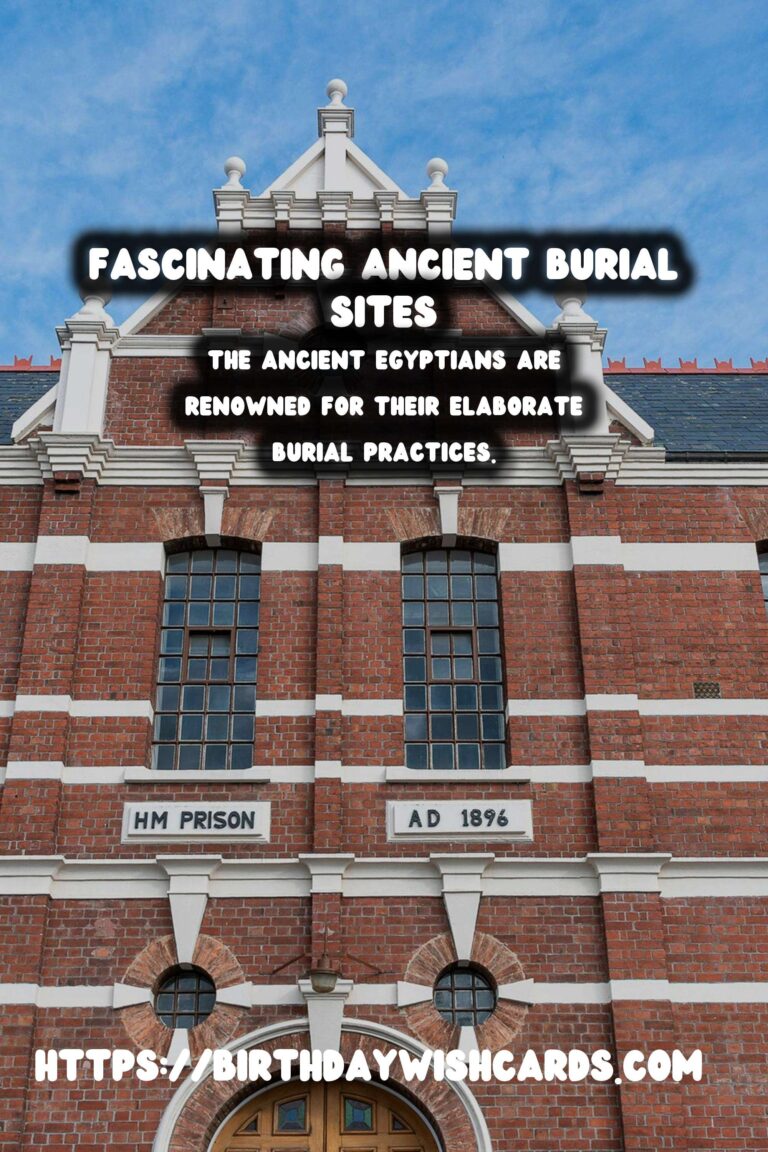
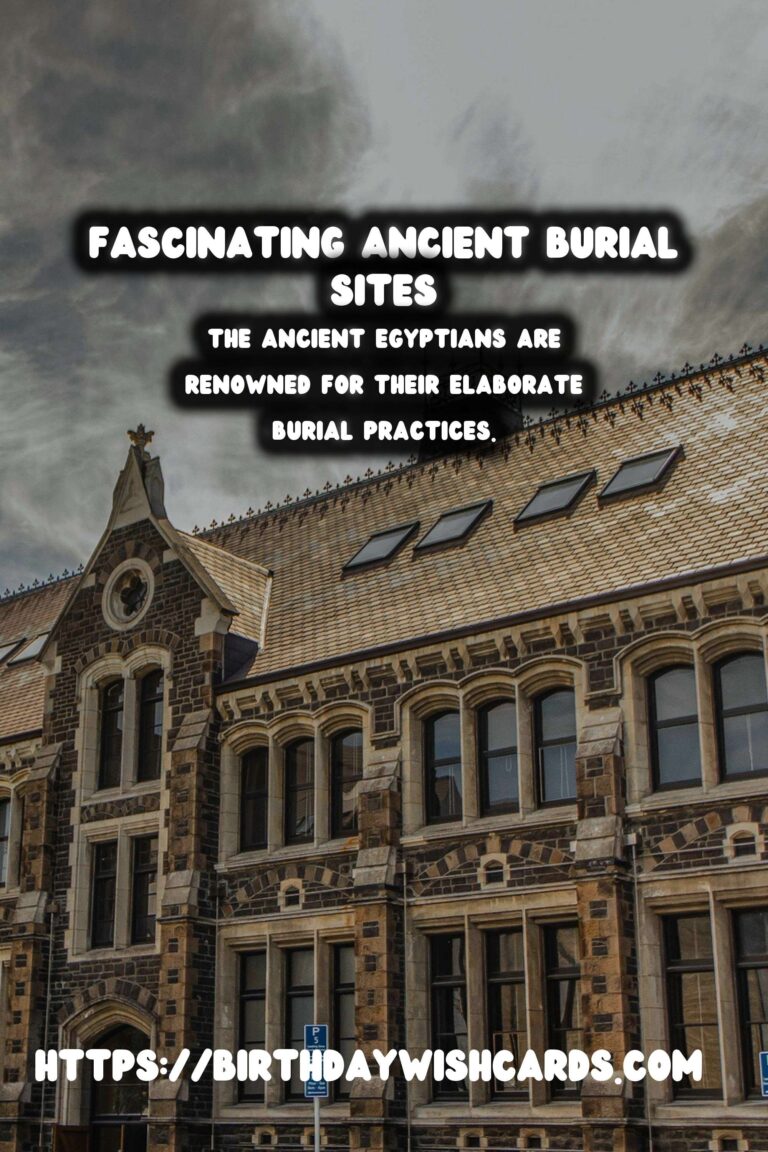
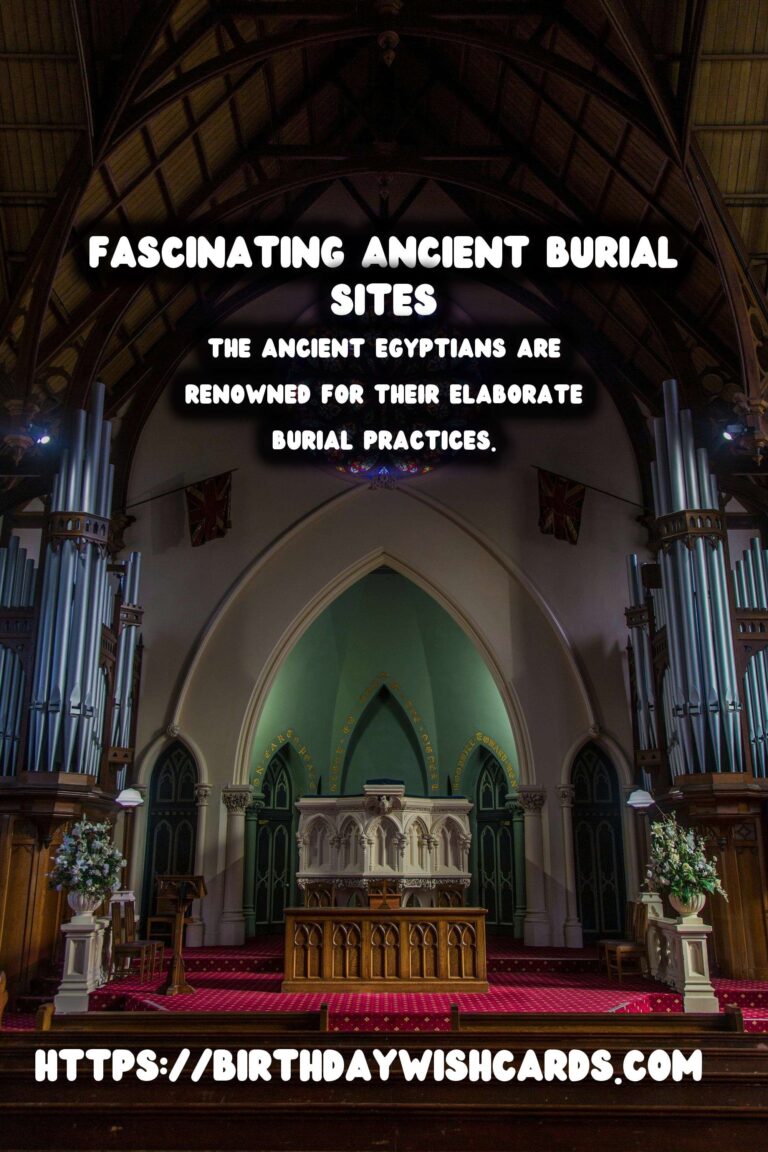
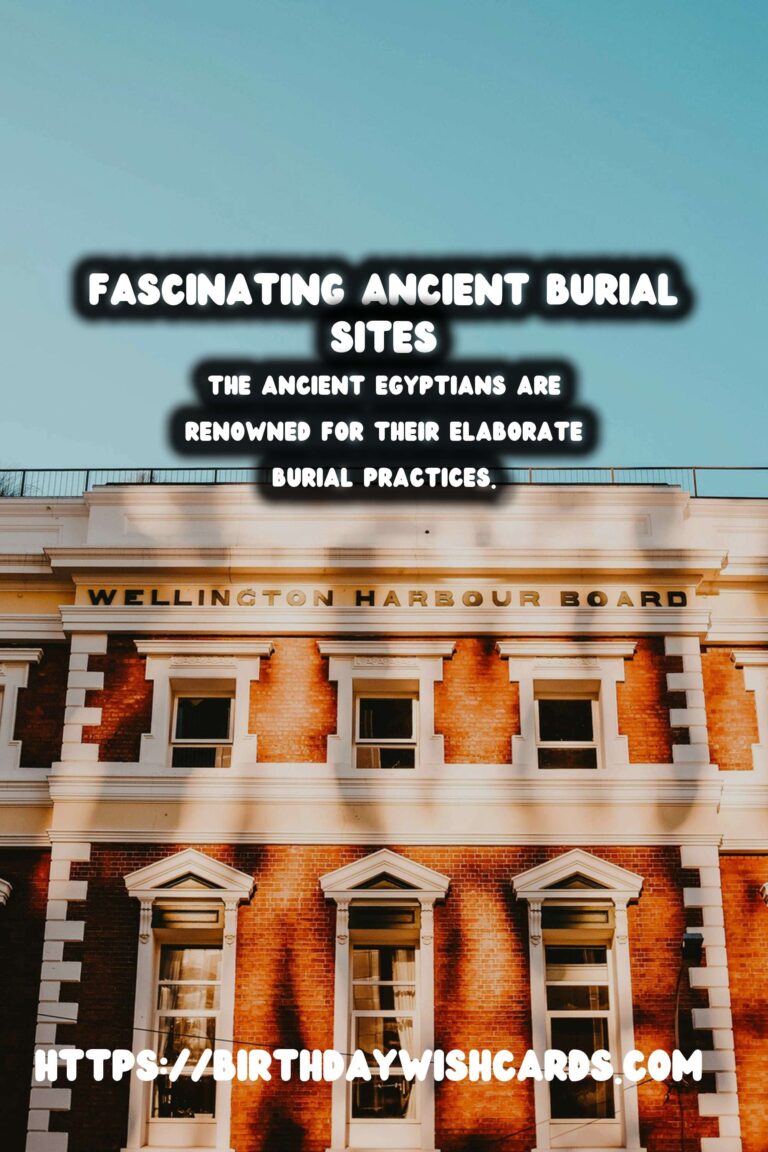
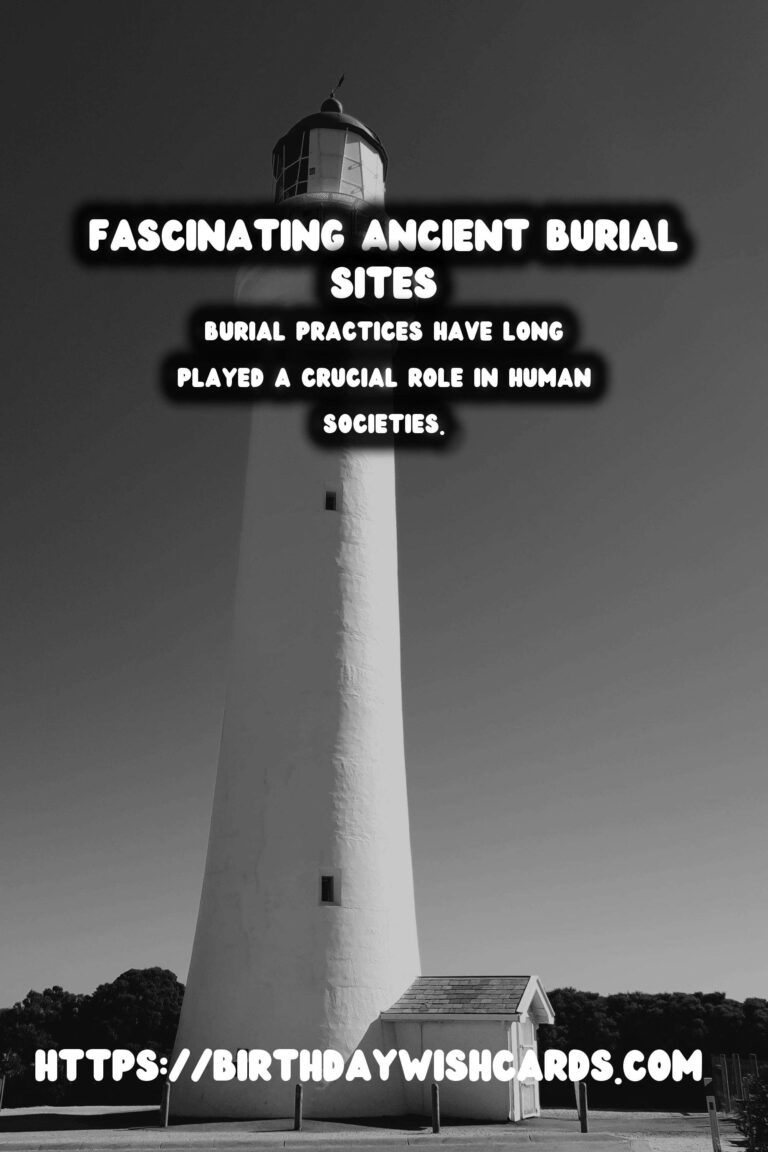
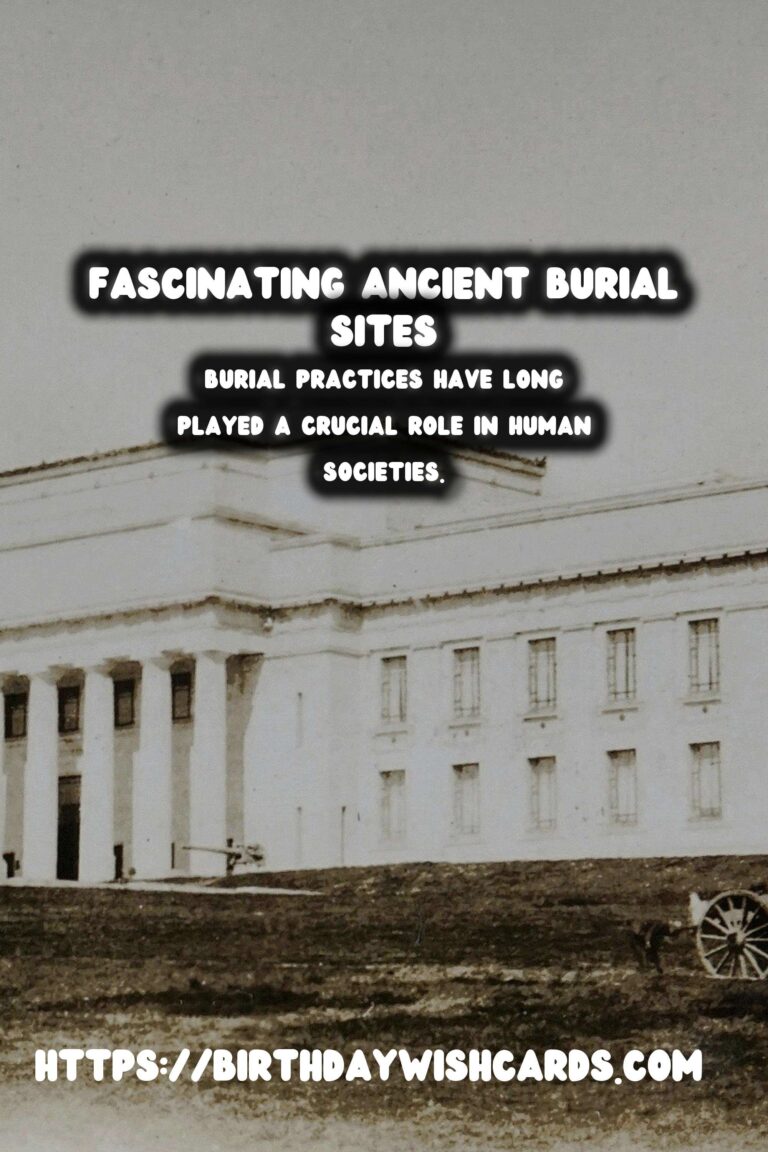
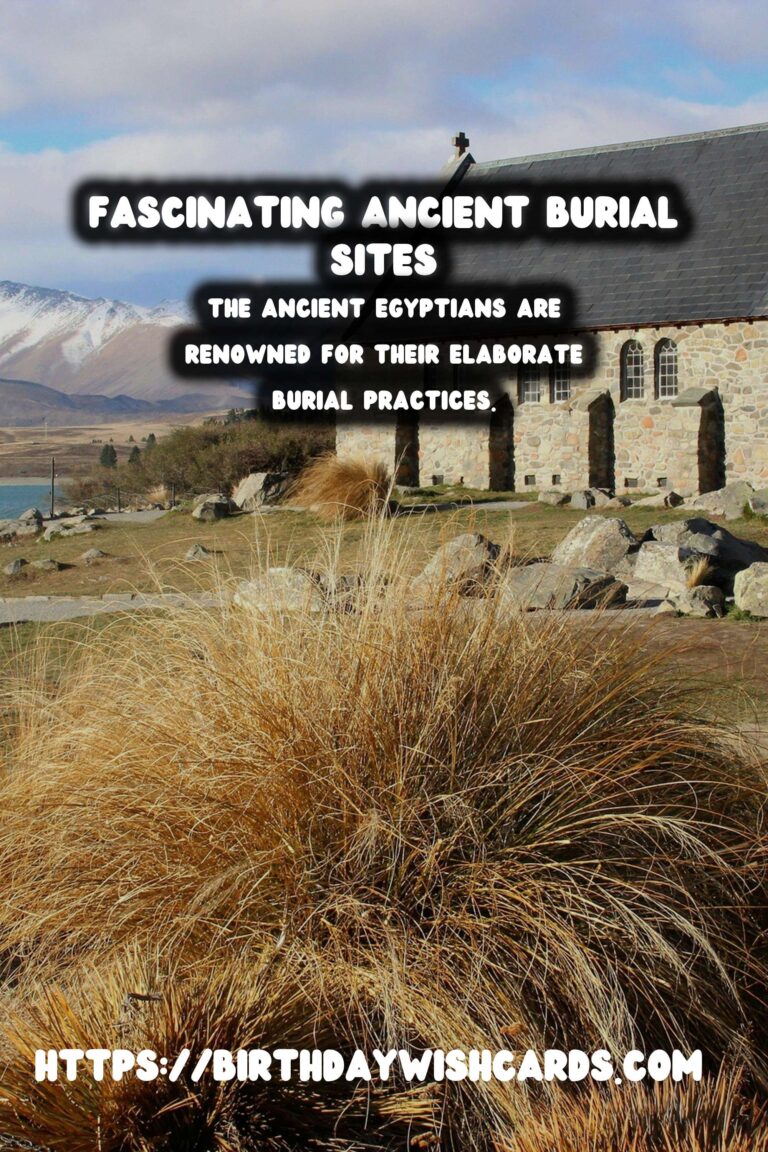
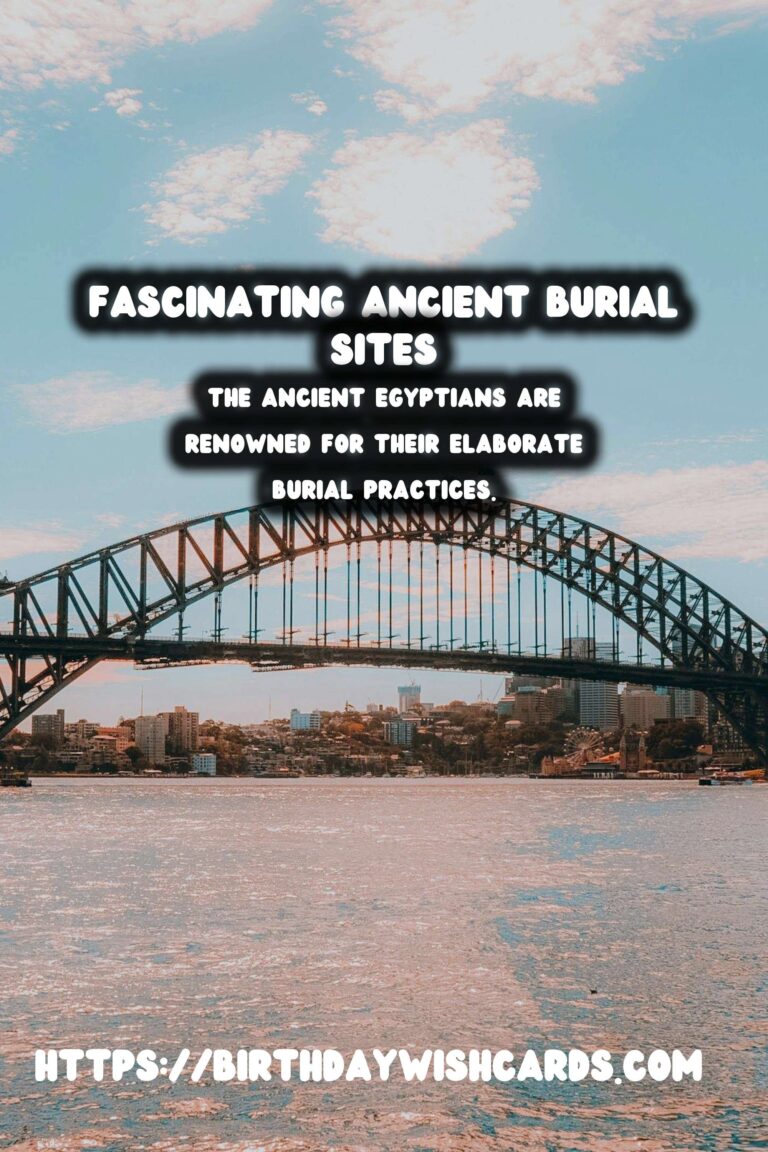
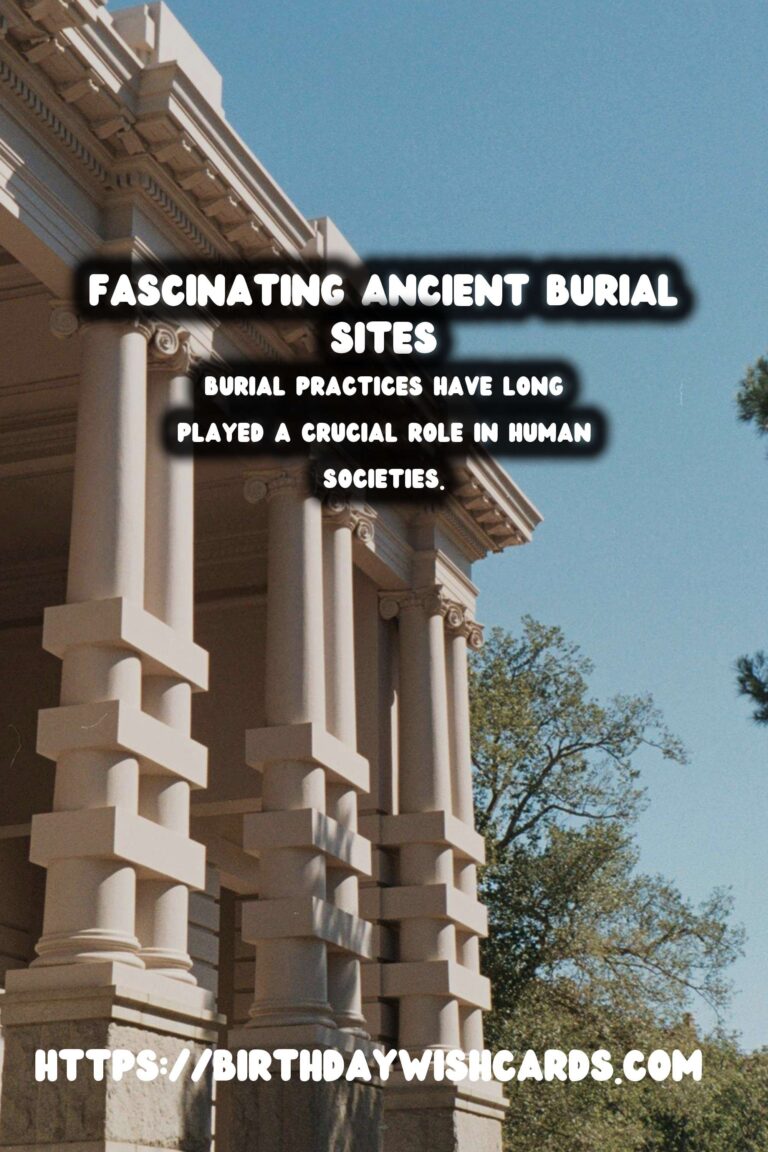
#AncientBurialSites #CulturalHeritage




